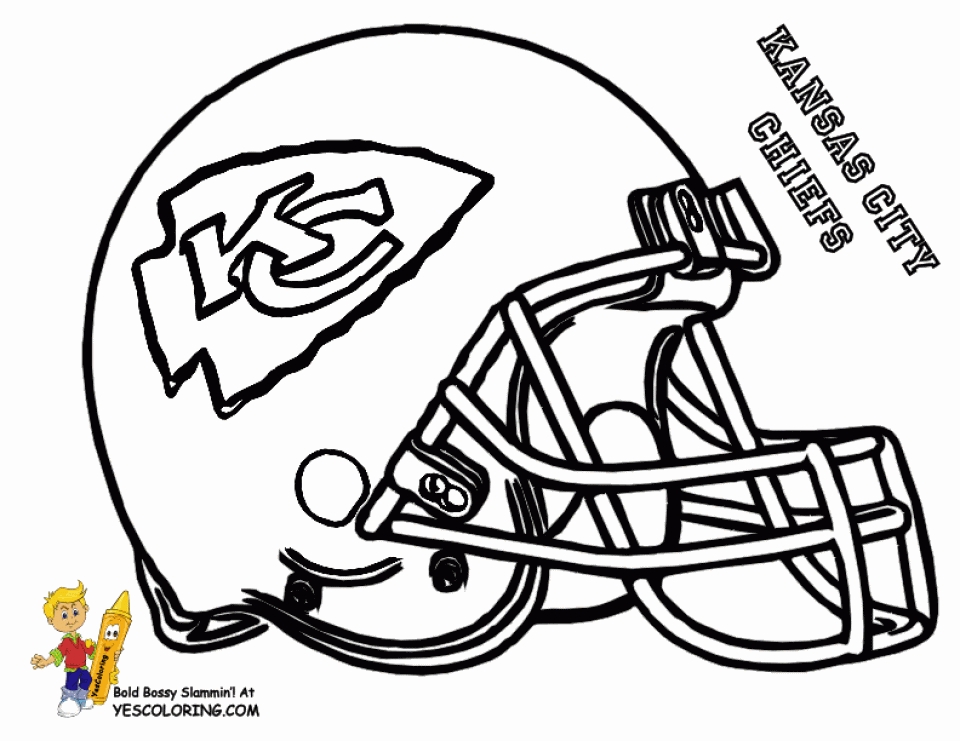

However, the oil crunch slowed down the local real estate boom and the startled company found itself with a sagging amusement park to operate. In the fall of 1981, the Tierco Group, a local real estate company, bought the park with plans to dismantle it and develop the land. Burge left Frontier City in 1961, and Williams followed in 1975. Williams set up the offices for his company and Frontier City staff in two surplus cabooses, purchased from the Frisco Railroad, and entertained dignitaries in the Susie Belle, the former Frisco President's Car which had been declared surplus in 1958.
#White pages kansas oklahoma free#
The park made money by leasing concessions, and the concessionaires set their own prices Burge recounted in 1988 that visitors "could walk around free unless got thirsty".

It was famous for its live entertainment, including staged gunfights, Indian dancing, saloon shows, train robberies, and other similar types of Western experiences.

The park flourished during its first six seasons, reporting attendance of over one million people each year, although because parking and admission were free, attendance was determined by Burge from the number of train tickets sold, which could have counted the same people multiple times each day. Attractions at the park included a train ride built by Arrow Dynamics, an authentic stagecoach ride, a donkey ride, and an indoor dark ride designed by Pearson, who later went on to work on Silver Dollar City in Branson, Missouri and Ghost Town in the Sky in Maggie Valley, North Carolina. The four square blocks of streets contained a Marshall's office, saloon, bank, post office (with its own postmark), fire department, hotel and numerous storefronts. Russell Pearson was credited as the architect responsible for building designs and general layouts. Together they developed the park as a recreation of an 1880s Western town. Burge laid out the land and facilities with four initial investors, then entered a partnership with Jack Williams, a wealthy businessman who owned a chain of laundries although Williams was initially interested in the park's linen rental contract, he was convinced by Burge's vision and became the principal investor. Īfter the 1957 Exposition was over, he negotiated with the fair board to purchase many of the buildings and props at the "Boom Town" exhibit. After World War II, he returned to Oklahoma City and later was appointed to lead the Oklahoma Semi-Centennial committee, which was planning the 1957 Oklahoma Semi-Centennial Exposition in Oklahoma City. Being from Oklahoma City, he knew his hometown would be a natural location for a western-themed amusement park. He visited Disneyland when it opened in 1955 and was very impressed with the theme park business. James Burge had been a publicist in Hollywood for twenty years, with clients that included Joan Crawford and Robert Taylor. The park was originally owned and operated by Oklahoma City businessmen James Burge and Jack Williams. It added spinning rides, roller coasters, and a log flume ride starting in the 1960s and 1970s. That is the same manner used today for its opening. Rather than a traditional ribbon cutting, it was scheduled to have an old fashioned six shooter, aimed at a piece of rope stretched across the stockade entrance. Jimmy Burge, leader of the committee that built it, decided to open an amusement park with the same theme. It started out as Boomtown, a replica of an Oklahoma pioneer town that was built for the state's semicentennial celebration in 1957 at the Oklahoma State Fair grounds.
#White pages kansas oklahoma for free#
Initially, guests entered for free but paid a quarter to watch the gunfight shows. It featured a haunted farm, a mine train, robberies and jails. In 1958, the park opened along Route 66, now Interstate 35. History Front of rooming house at original Frontier City location at the Oklahoma State Fair grounds (1959 photograph) Last Chance Saloon and skyride at original Frontier City location (1959) Burge/Williams era (1958–1981)

Frontier City and La Ronde in Montreal are the only two company parks not officially branded as Six Flags parks. Frontier City is the third-oldest Six Flags park behind Six Flags New England and Six Flags Great Escape and Hurricane Harbor. It is owned by EPR and operated by Six Flags. Please help improve it by removing promotional content and inappropriate external links, and by adding encyclopedic content written from a neutral point of view. This article contains content that is written like an advertisement.


 0 kommentar(er)
0 kommentar(er)
